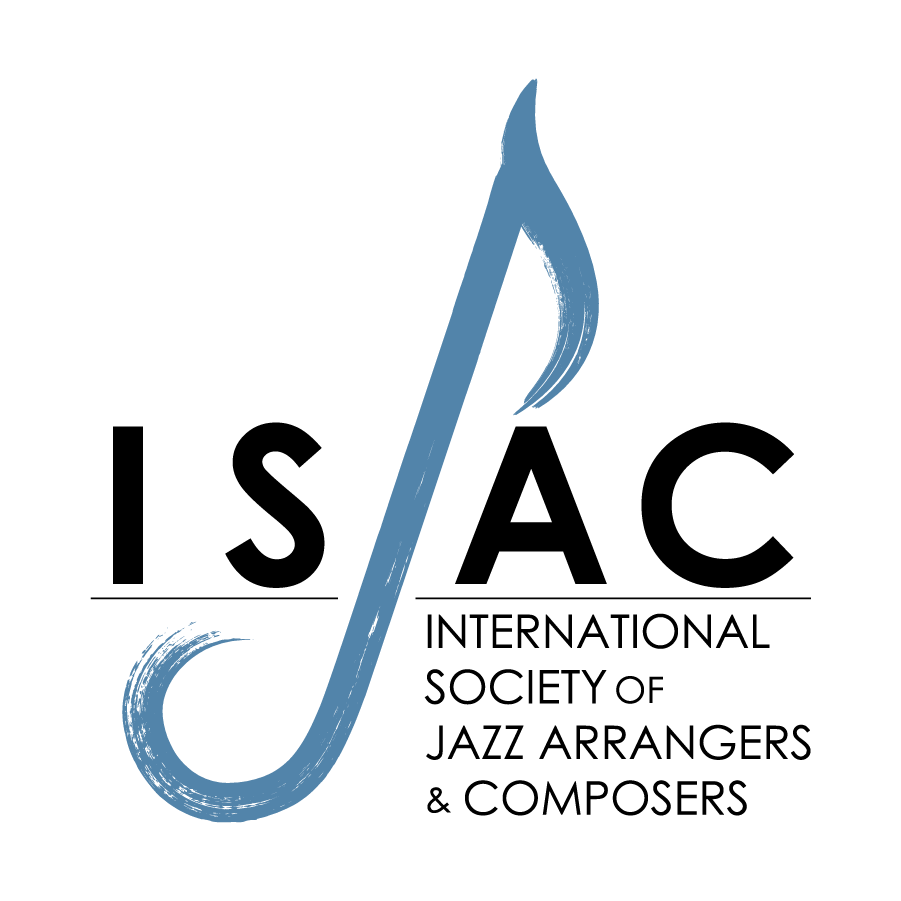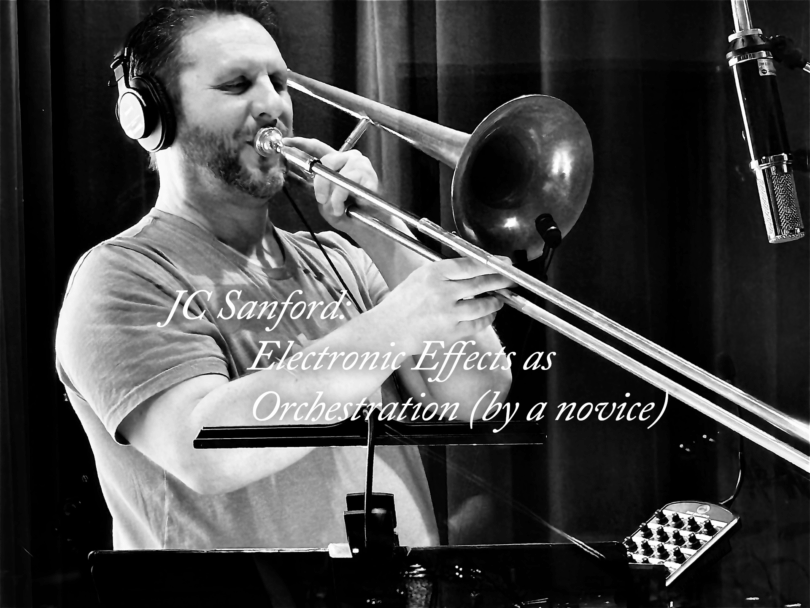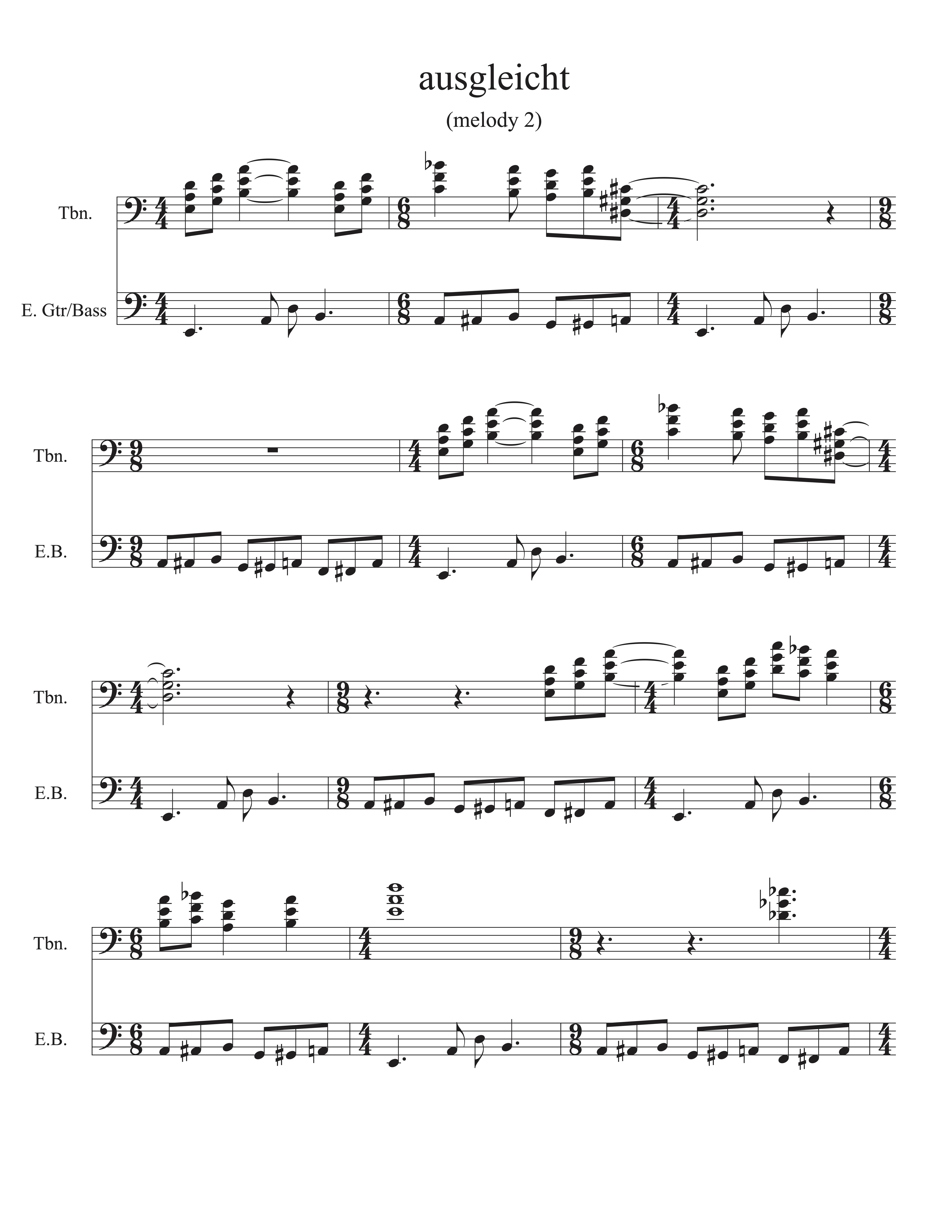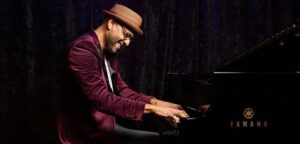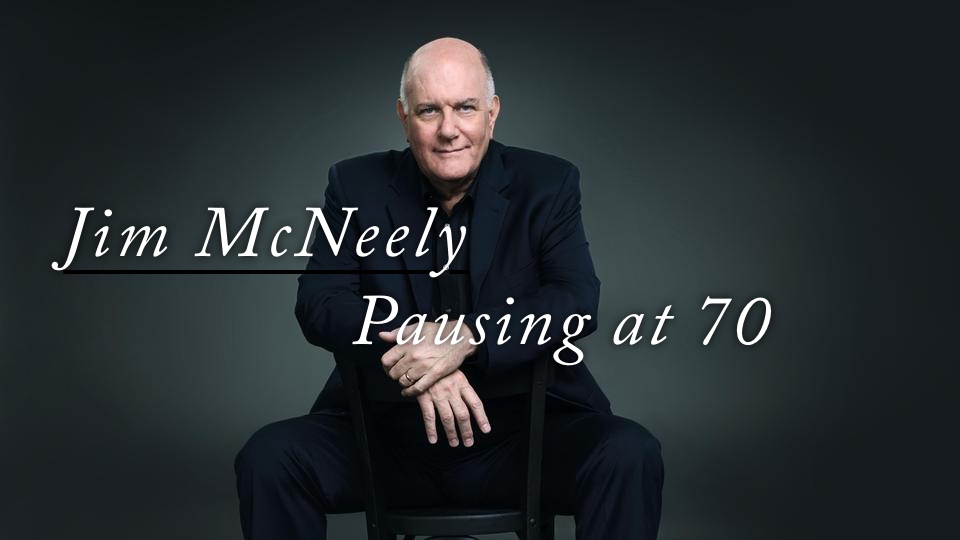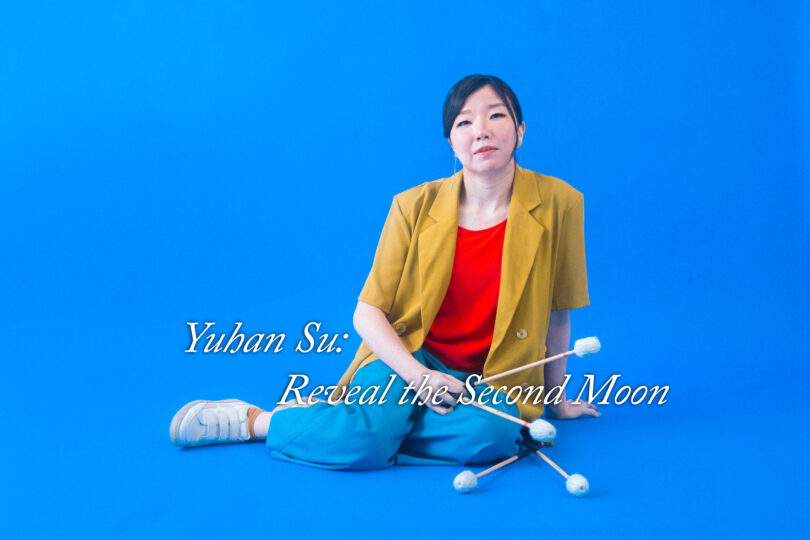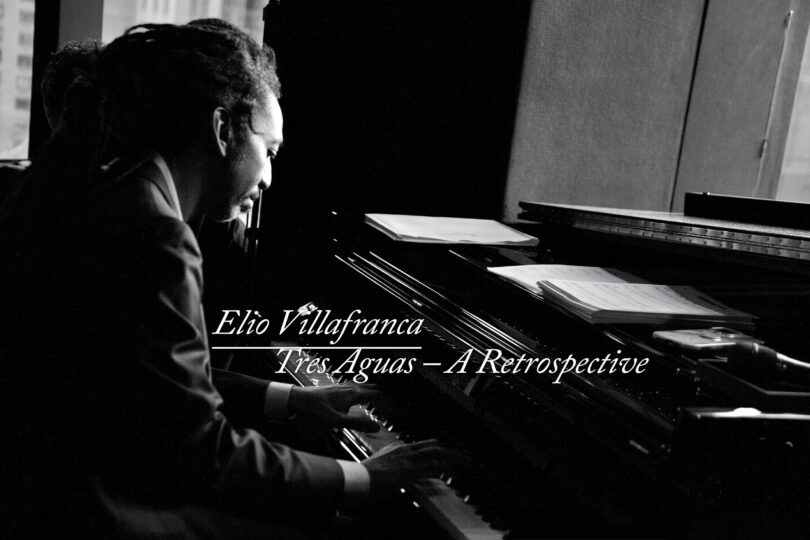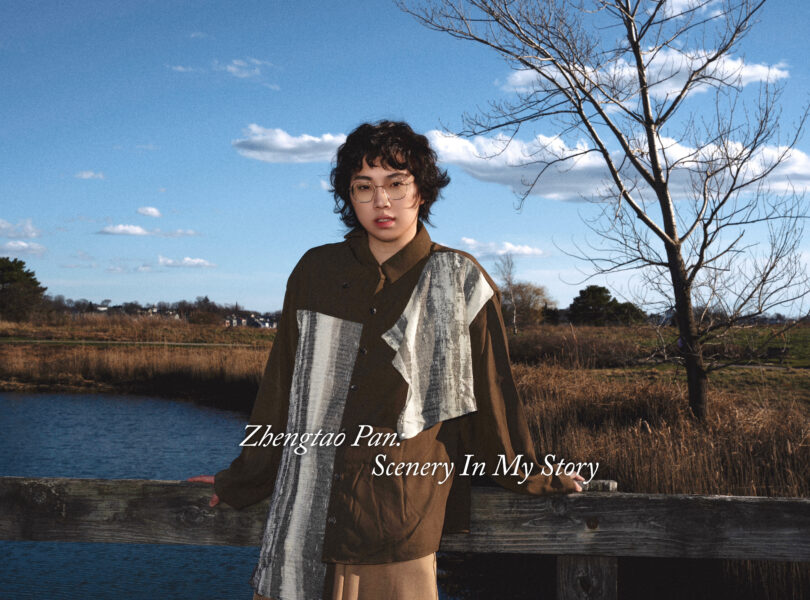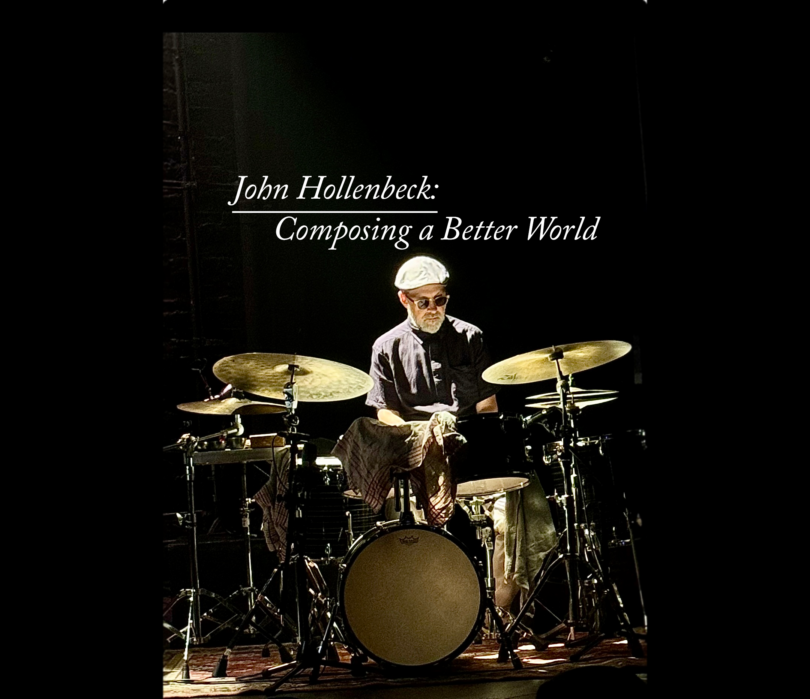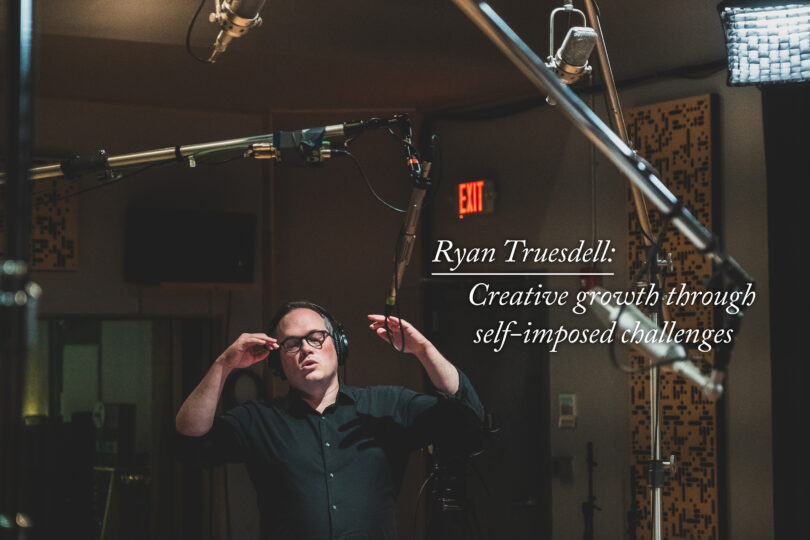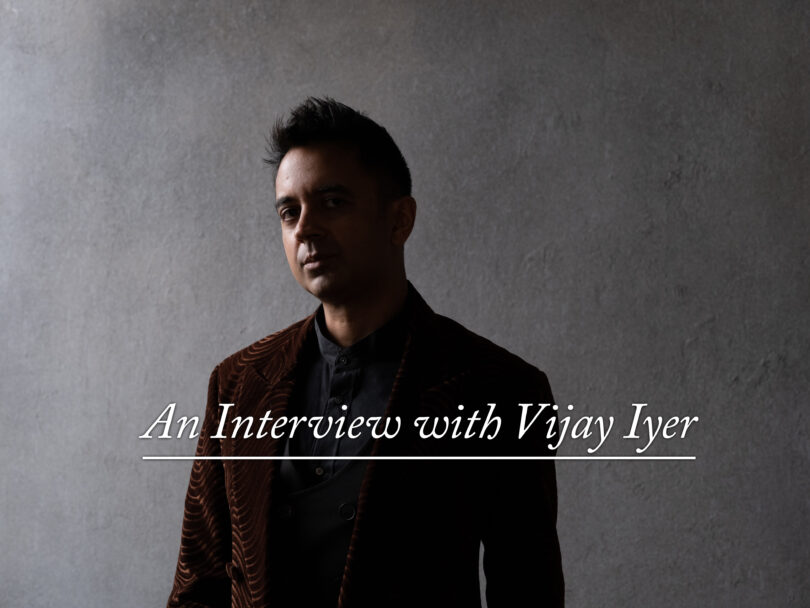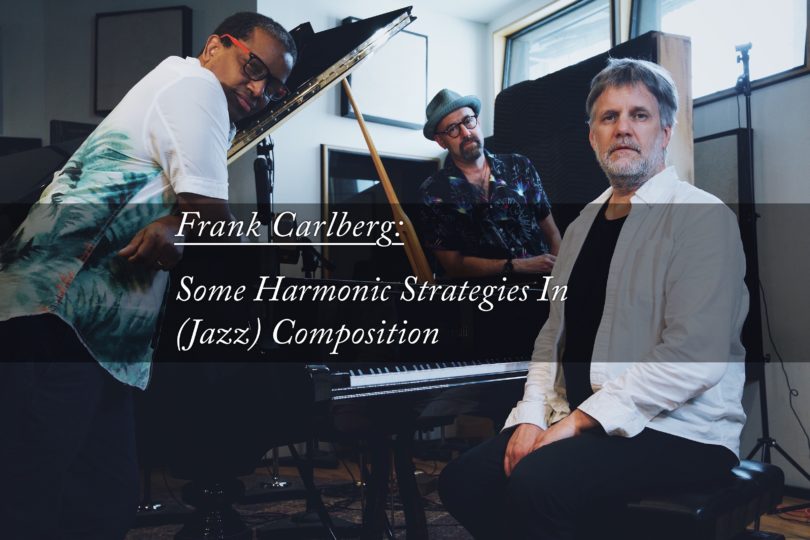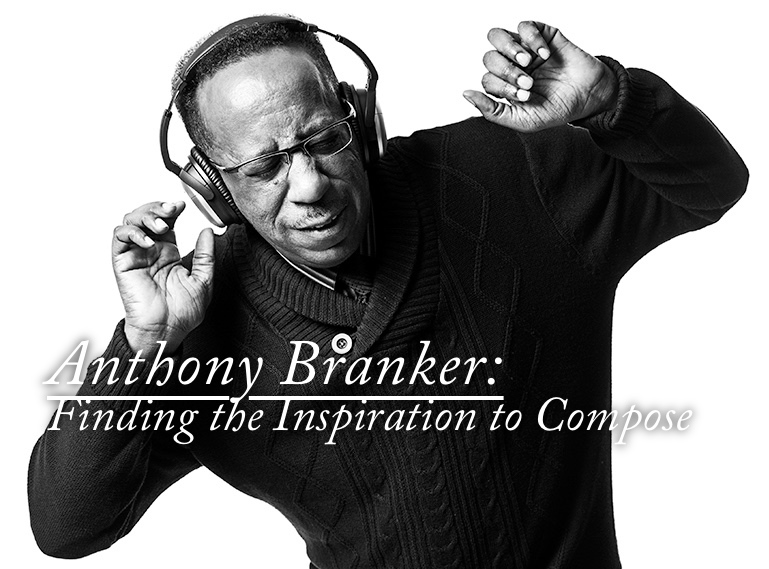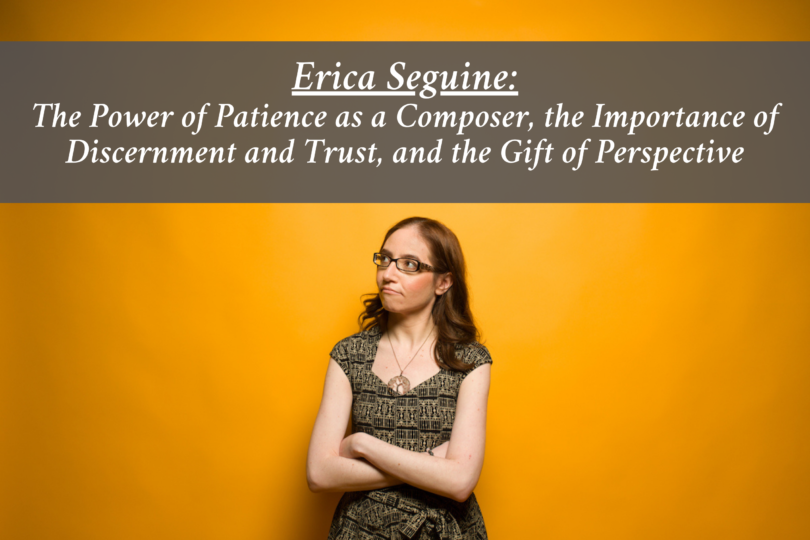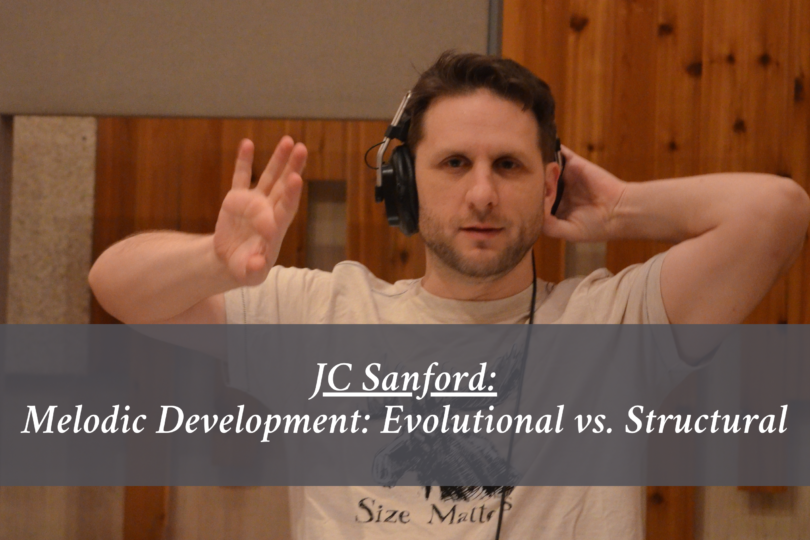Editor’s note:
At various times throughout my tenure as ISJAC blog curator, and scheduled blogging artist fell through late in the game for any number of reasons, so in that case I would often step in to supply a blog for that month. It’s perhaps poetic that for my penultimate curated blog, I am once more in this position. I promise I did not conspire to do this at a time that coincided with the release of my new album, but here you go.
During the pandemic, I, like most of you, was trying to investigate ways I might move forward as an artist once we would all be able to play music together again. For me, part of this came out of regularly playing informally with some friends in my little town of Northfield, Minnesota. Both of these guys had very different musical training than me, but they had an understanding of the electronic side of things that I had never investigated. So in our collective improvisations, I started to experiment with a delay/loop pedal. Now I’ve heard countless horn players utilizing electronics over the years, none more notable to me than one of my most important improvisational influences, trombonist Hal Crook. But I had long resisted going down the pedal rabbit hole, partially because of expense, but also I thought I had enough to focus on as a trombonist/composer/bandleader/etc., that I just didn’t see it as practical to add another dimension to what I was doing musically. But this new sonic experience and the feedback I started to receive when using this new technique on live gigs awakened an interest I had long avoided.
When I began to explore these electronic possibilities more deeply, I was concerned I was kind of a poser with so many experienced guitarists (and horn players) having a greater understanding of what was available and how it works. It was also important to me not to have my inexperienced use of these pedals feel like a gimmick, but rather an extension of my musical language. So I started off breaking in my initial set of electronics in mostly improvisational settings where I could really experiment with colors and layering. I eventually gained enough control of my equipment to also begin to use it while playing over jazz standards. But I felt like it was time to begin to utilize these tools in a more directed way. Out of that grew my new group EQ (Electric Quartet), which, in addition to myself on trombone and effects, included effects-monster guitarist (Toivo Hannigan) and electric bass specificalist (Erik Fratzke). This put me in the right sonic environment, but writing music for this specific ensemble forced me to think about orchestration in a different way.
I have long had an interest in orchestrational investigations via non-standard ensemble instrumentation, both in small and large group settings. While I was a grad student at New England Conservatory, I started a trio with myself on trombone plus two saxophonists called Triocracy, which had several iterations over the years depending on my residence of the time, but is represented most recently on the album Pyramid Scheme. This group was initially formed largely out of the frustration that my favorite rhythm section players in Boston at the time were rarely available, but it yielded some really interesting compositional and arranging results that wouldn’t have existed if I had been able to employ a more traditional horns-with-rhythm-section band. More recently in 2023, I released an album with pianist Michael Cain and bassist Anthony Cox (no drums) called New Past, another assemblage of instruments that I would think would not be considered the most common.
But probably some of my most notable orchestrational adventures occurred in a large ensemble setting. Like many modern jazz big band composer-arrangers, I took full advantage of both woodwind and brass doubles, especially once I had access to players with a vast number of instruments available to them in NYC. But my affiliation with the composers federation Pulse (with Joseph C. Phillips, Jr., Darcy James Argue, Joshua Shneider, and others) and our projects that featured a variety of mixed chamber ensembles really opened my ears to what I wanted to do with my own ensemble. So I shifted my more “traditional” jazz orchestra to a 15-piece hybrid jazz band/chamber orchestra to fulfill more of my orchestrational desires.
I think this demonstrates how I had really thought about orchestrational options through contrasting/complementary instrumental timbres, but using electronic effects as orchestration was a new way of thinking. I wanted to see how I could use these new colors in a pre-determined context in addition to the improvisational experimentations I had been doing, and how I might combine those effects with some of my own compositional philosophies and techniques.
The first track “ausgleicht” (loosely meaning “balanced” in German) is a good example of how I planned out what my effects could do color-wise, and how that orchestrational concept combined with my compositional one. I have written a number of pieces that contain a clear duality to them in one way or another, like two contrasting sections, characters, moods, etc. (Your Word Alone is a prime example), so I thought I would try and add another dimension of timbral duality to the mix, as well.
It begins with a rocking-out mixed meter ostinato played by the rhythm section, while I use a chorus-effected sustained sound above that, soon adding a perfect 4th above with one of my harmonizer pedals.
After this initial statement, the band tune changes character by metrically modulating to a flowing 12/8. At that point, my sound also shifts character by switching to a more “acoustic” sound, which creates a notable contrast.
This alternation of color and groove characters carries on through the track, until a final statement of the melody, where I superimpose the initial 12/8 “head” material over the mixed-meter ostinato. To add to the intensity here, I add not one 4th, but two stacked 4ths above, creating a much thicker texture, really building the intensity in a climactic moment. Again, this is a decision I could not have made without the particular equipment I have, which includes two separate harmonizer pedals.
Here’s the full track if you’d like to hear it all in context.
I took a different approach when conceiving of my arrangement of Stevie Wonder’s “Love’s in Need of Love Today,” again being inspired by the “forces” available to me. I’ve always loved how many Stevie tunes, particularly this one, would vamp the ending for extended periods of time, almost uncomfortably so. So I wanted to see if I could capture that vibe, even without having my own backup singers. So after a solo opening colored by a delay effect, I used the combination of the diatonic triad function of my harmonizer pedal (it’s great to have my own personal horn section available at the push of a button!) and my loop pedal to try and capture that mood so that I could then improvise over the top of that repeating chorus. I added an additional octave with my second harmonizer to try and emulate Stevie’s soaring improvisational descants while we eventually blend into a more introspective and questioning ending.
Again, here’s the full track:
Bottom line: I still feel like a novice with all this stuff and that I’m just scratching the surface of my understanding of what’s possible. And clearly nothing I’m doing with these effects is novel or innovative in any way. Did I violate some rule by jumping in so uniformed and inexperienced? My belief is no, since I really feel like I’ve approached this new world honestly and authentically (and I know I don’t know what I don’t know). But I do plan to keep heading down this road as I investigate more sonic possibilities. And I intend to follow the advice my great mentor Bob Brookmeyer gave to another of my great mentors Jim McNeely: “Write another one.” So I’ll continue to see where that leads.
https://jcsanford.bandcamp.com/album/denki
About the Author:
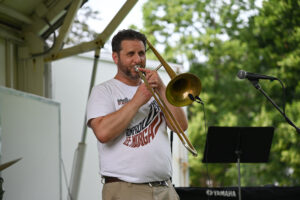 JC Sanford has been recognized in the DownBeat Magazine Critic’s Poll over the past ten years, in the trombone, big band and arranger categories. While he originally built a reputation through big band writing, Sanford has forayed into many other areas, including composing for solo piano, wind and brass formations, and various mixed chamber ensembles, and often his original works defy labels such as “jazz” or “classical”. A founding member of the composers’ federation Pulse (with Darcy James Argue and Joseph C. Phillips, Jr.), Sanford was a member of the BMI Jazz Composer’s Workshop led by Jim McNeely and Mike Abene for five years. His works have been performed by John Abercrombie, Lew Soloff, Dave Liebman, Danilo Perez, and a number of universities and high schools across the United States.
JC Sanford has been recognized in the DownBeat Magazine Critic’s Poll over the past ten years, in the trombone, big band and arranger categories. While he originally built a reputation through big band writing, Sanford has forayed into many other areas, including composing for solo piano, wind and brass formations, and various mixed chamber ensembles, and often his original works defy labels such as “jazz” or “classical”. A founding member of the composers’ federation Pulse (with Darcy James Argue and Joseph C. Phillips, Jr.), Sanford was a member of the BMI Jazz Composer’s Workshop led by Jim McNeely and Mike Abene for five years. His works have been performed by John Abercrombie, Lew Soloff, Dave Liebman, Danilo Perez, and a number of universities and high schools across the United States.
His 2014 debut recording with the JC Sanford Orchestra entitled Views From The Inside yielded international acclaim and was awarded a 2014 Aaron Copland Fund Recording Grant alongside organizations and ensembles such as the Seattle Symphony, Nonesuch Records, and American Composers Forum. He is also the leader of several small groups: the JC Sanford Quartet, the Imminent Standards Trio, the chamber jazz trio Triocracy, the New Past Trio with pianist Michael Cain and bassist Anthony Cox, and EQ (Electric Quartet).
Sanford is in high demand as a conductor of new original music. He conducts the Grammy-nominated John Hollenbeck Large Ensemble, the Alan Ferber Nonet with Strings, the Frank Carlberg Large Ensemble, and the Alice Coltrane Orchestra, featuring Ravi Coltrane and Jack DeJohnette. He recently was guest conductor for the North German Radio Big Band (NDR), and Quinsin Nachoff’s new “Patterns in Nature” multimedia project. He was also the curator for the “Size Matters” large ensemble series in Brooklyn for four and a half years.
Since returning to Minnesota with his family in 2016, Sanford has performed as a trombonist in the Twin Cities area with JT Bates, Chris Bates, Davu Seru, Anthony Cox, Babatunde Lea, Zacc Harris, Dave Hagedorn, and Laura Caviani. In 2017, he co-founded the Twin Cities Jazz Composers’ Workshop alongside his wife, Asuka Kakitani. Sanford received a 2018 McKnight Composer Fellowship, a 2019 MN State Arts Board Artist Initiative Grant to record his quartet, 2021 and 2022 Creative Support Grants to record his Imminent Standards Trio, and another in 2023 to record his NEW PAST Trio with Michael Cain and Anthony Cox, and another to record his electric quartet (EQ) in 2025 featuring drummer Satoshi Takeishi. He is currently teaching jazz, Western music theory, and composition courses at Gustavus Adolphus College.
JC Sanford is a fiscal year 2025 recipient of a Creative Support for Individuals grant from the Minnesota State Arts Board. This activity is made possible by the voters of Minnesota through a grant from the Minnesota State Arts Board, thanks to a legislative appropriation from the arts and cultural heritage fund.
Header photo by Asuka Kakitani; Bio photo by Bryan Murray.
